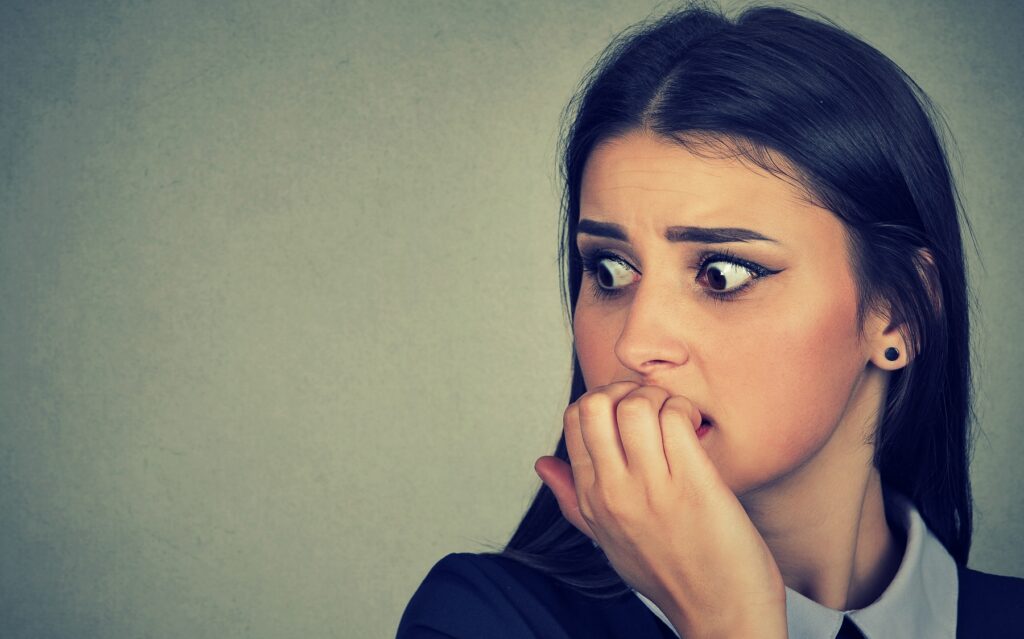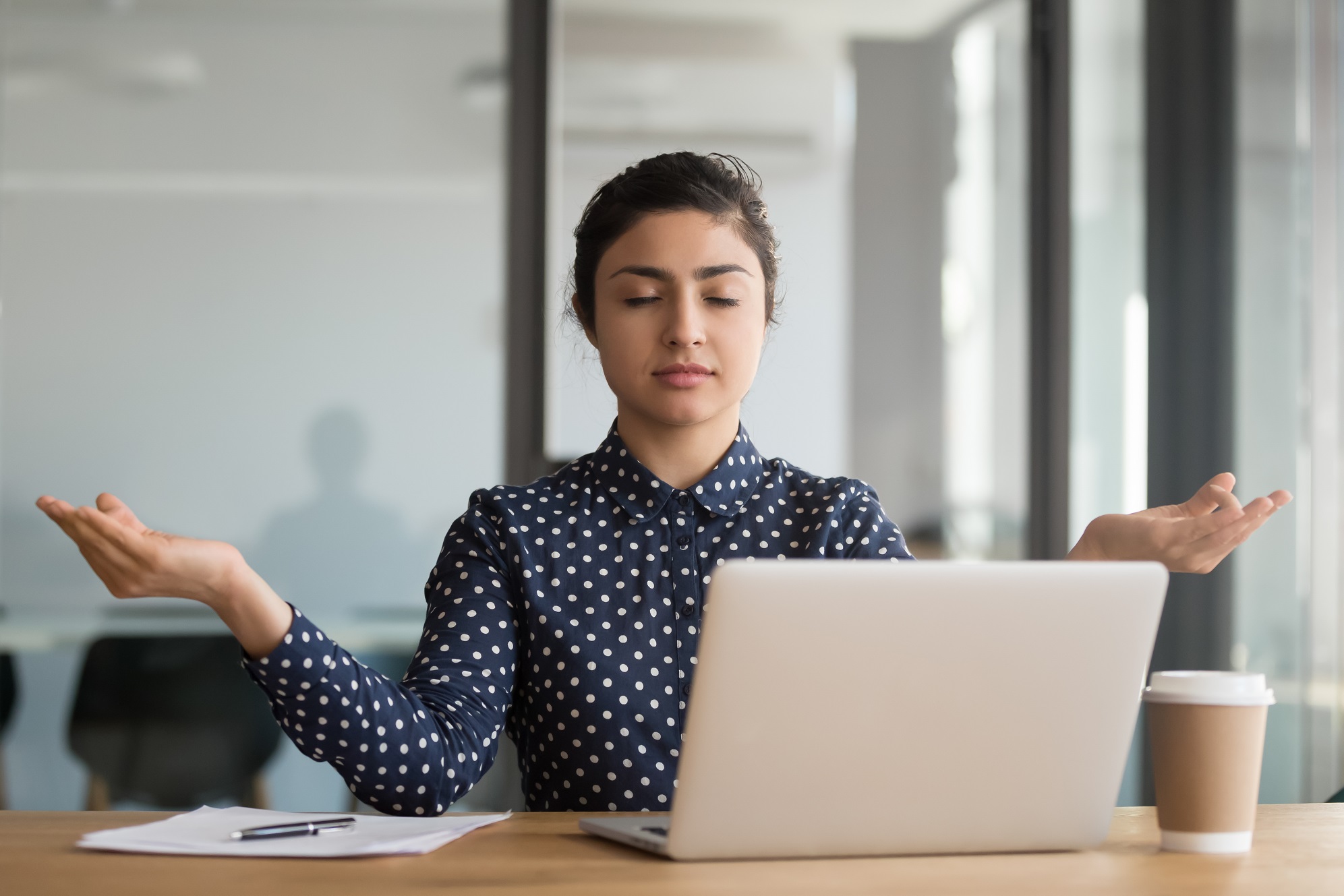6 Ways to Deal with Your Anxiety

The American Psychological Association (APA), defines ‘anxiety’ as “an emotion that results in physical and mental tension, as well as an anticipation of imminent danger, catastrophe, or misfortune. In response to a perceived threat, the body stimulates itself, increasing muscle tension, breathing becomes quicker, and the heart beats faster”.
Although ‘anxiety’ and ‘fear’ are often used interchangeably, they have distinct conceptual and physiological underpinnings. ‘Anxiety’ refers to a future-oriented, long-lasting response to a diffuse danger, whereas ‘fear’ refers to an appropriate, present-day, and short-lived response to a distinct and specific threat” (APA Dictionary of Psychology).
What is anxiety?
Feeling of anxiety results from our body’s natural response to stress. It’s a vague, intense, excessive, and persistent feeling of fear and concern.
There are many types of anxiety disorders, each with its symptoms. Generalized Anxiety Disorder, Social Anxiety Disorder (also known as Social Phobia), Panic Disorder, Agoraphobia, Specific Phobia, and other conditions are included under the category of anxiety disorders.
Look for these signs of an anxiety disorder:
- Sweating
- Feeling tired or dizzy
- Recurring thoughts
- Trembling or shaking
- Restlessness
- Stress
- Irritation
- Palpitations/ rapid heart rate
- Dry mouth
- Chest pain or discomfort
- Nausea or stomach pain, or discomfort
- Feeling of choking/ difficulty breathing
What are the causes of anxiety?
Several factors can cause anxiety:
Genetics: There is a chance that you may also experience anxiety if someone in your family has or has had anxiety.
Environmental: Certain environmental factors can build up stress and anxiety over time in response to traumatic experiences or crises.
Alcohol or drug use: Frequent drug or alcohol use is a risk factor or cause for anxiety.
Physical health issues: Diabetes, heart disease, respiratory disease, and thyroid problems, among other physical health issues, can raise the probability of anxiety.
6 ways to manage anxiety
- Grounding techniques
Name all the objects you see around you – fans, ceilings, walls, curtains, trees etc.
Spell your name and four other people’s names backwards. For example – If your name is ‘Rahul’, then you’ll spell it as ‘luhaR’.
Read something backwards, letter by letter. For example – If the sentence is ‘This painting is beautiful, then you will read it as – ‘lufituaeb si gnitniap siht’.
Grounding techniques help you to stay present and stop the worrisome thoughts that keep repeating.
- Breathing exercises
Try deep breathing exercises to help calm your nerves.
Your breath helps you to get rid of your tension and anxiety. In this exercise, you inhale for four seconds, hold your breath for four seconds, and then exhale for four seconds with pursed lips. Every time you exhale, you release anxious thoughts.
- Restructuring your thoughts
You can restructure your thoughts to make them more positive.
When we’re anxious, we tend to keep reliving the same negative thoughts that keep us edgy. These thoughts are usually irrational and not based on fact. Instead of reliving these thoughts, you can alter them. Reason about your thoughts, the source of your ideas, and the evidence for them. Does your thought come from reality, or is it just your delusion or overthinking? Consider it.
- Giving positive strokes to yourself
Give yourself positive reinforcement by saying things like, ‘I can do this,’ ‘I’m proud of myself,’ and ‘Keep up the good work.’
The things we tell ourselves impact us unconsciously, so we must say to ourselves positively, encouraging things. When we tell ourselves negative things, we lower our self-esteem, doubt ourselves, and doubt others. Positive self-talk will allow you to think differently, address your problems, and assist you in handling difficult situations. For example, ‘I am worthy, I am loved, I can succeed.’
- Relaxing your muscles
Tightening and loosening muscles in one body part at a time is referred to as muscle specificity. For example, you tense your right arm muscles while keeping the other parts of the body at ease. To complete this process, you must contract each muscle of the body one after the other for ten seconds and then release it. While performing this procedure, you should concentrate on muscle tension in the area.
This procedure is known as progressive muscle relaxation (PMR) because you can do it from head to toe or toe to head. It not only reduces anxiety but also helps you sleep better. You may choose to play calming music while performing this relaxation technique.
- Analyzing the likelihood of the feared event
When you examine your anxiety or fear from various angles, you see it in a new light. Consider the reasons for your uneasiness, its intensity, the self-talk that enhances it, and the outcomes if it happens. This will force you to examine your uneasiness and consider its authenticity.
When you choose Hope, anything is possible!
Hope Trust has several qualified psychologists and counsellors, available online or in-person.

Professional therapists at Hope Trust provides the best counselling service for anxiety, whether it stems from your past experiences or your imaginary ones. You can connect to a therapist who speaks your language online without leaving your house. You can arrange one-on-one sessions without breaching confidentiality. Because Hope Trust psychologists are non-judgmental, open-minded, and accepting, you can chat with them without reservations.
You can schedule an appointment by calling 90008 50001 or clicking www.hopetrustindia.com
The therapists are always prepared to assist you with your issues.